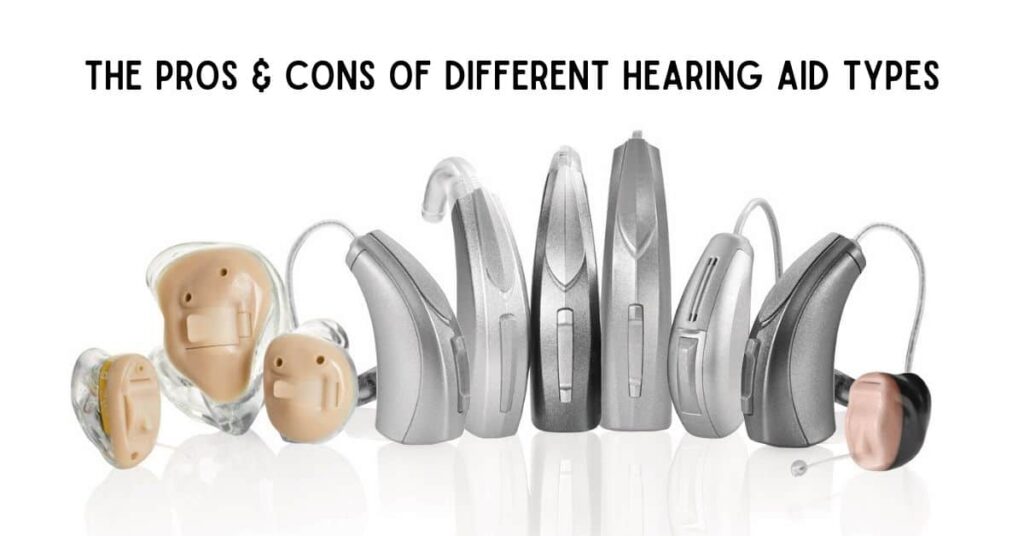
Digital hearing aids are advanced devices that use digital signal processing to improve sound quality and speech recognition. Here’s an overview:
How they work:
1. Sound conversion: Digital hearing aids convert sound waves into digital signals.
2. Processing: The digital signals are processed using advanced algorithms to:
– Amplify specific frequencies
– Reduce background noise
– Enhance speech clarity
3. Delivery: The processed sound is delivered to the ear through a speaker.
Benefits:
1. Improved sound quality: Digital hearing aids can significantly enhance sound clarity and speech recognition.
2. Customization: They can be programmed to meet individual hearing needs and preferences.
3. Noise reduction: Advanced noise reduction features help minimize background noise.
4. Feedback suppression: Digital hearing aids often include feedback suppression features to reduce whistling or squealing.
Features:
1. Directional microphones: Focus on sounds from specific directions.
2. Noise reduction algorithms: Minimize background noise.
3. Speech enhancement: Improve speech clarity and recognition.
4. Multiple programs: Allow users to switch between different settings (e.g., quiet, noisy environments).
Who might benefit:
1. Moderate to severe hearing loss: Digital hearing aids are often recommended for individuals with more significant hearing loss.
2. Complex listening environments: Those who struggle in noisy environments or with multiple speakers.
Advantages over analog:
1. Improved sound quality: Digital hearing aids offer superior sound processing and clarity.
2. Customization: They can be tailored to individual hearing needs.
3. Advanced features: Digital hearing aids often include features like noise reduction and feedback suppression.
Overall, digital hearing aids offer significant benefits for individuals with hearing loss, providing improved sound quality, customization, and advanced features.
